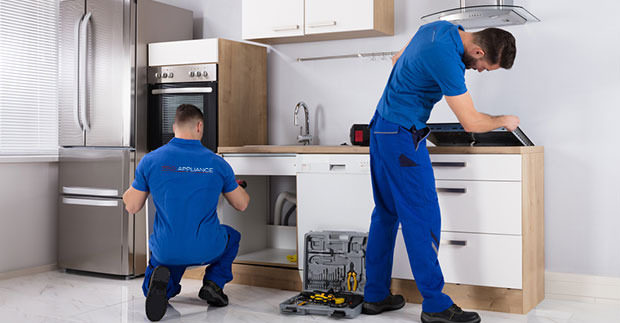Comparing Gate Valves and Ball Valves – Insights into Their Mechanisms and Applications
Gate valves and ball valves are two essential types of valves used in various industrial applications, each offering distinct advantages based on their design and operating mechanisms. Gate valves operate using a gate or wedge that slides between two seats to control the flow of fluid. When the gate is fully raised, the fluid flows freely through the valve, and when the gate is lowered, it completely blocks the flow. This design provides minimal resistance to flow when fully open, making gate valves ideal for applications where a straight-through, unobstructed flow is crucial, such as in water supply systems or in large-diameter pipelines. However, gate valves are not well-suited for applications requiring frequent on-off cycling or precise flow regulation, as they are prone to wear and tear over time due to their sliding mechanism. On the other hand, ball valves utilize a spherical ball with a hole drilled through the center. When the valve is open, the hole in the ball aligns with the flow path, allowing fluid to pass through.
When the valve is closed, the ball rotates to a position where the hole is perpendicular to the flow path, effectively blocking it. Ball valves are renowned for their quick and reliable shut-off capabilities, requiring only a quarter turn to fully open or close. This makes them highly effective for applications requiring rapid and frequent switching, such as in gas or chemical processing industries. The simple mechanism of ball valves also reduces the risk of leakage and provides excellent sealing performance, even in high-pressure environments. In terms of maintenance, ball valves typically offer an advantage over gate valves. Their design is less prone to issues such as seat wear and stem packing problems, making them more durable and easier to maintain. Gate valves, with their complex sliding mechanism and multiple moving parts between gate valve vs ball valve, often require more frequent maintenance and can be more challenging to service, especially if they are not operated regularly.
The choice between gate and ball valves largely depends on the specific requirements of the application. Gate valves are preferred in situations where a valve is either fully open or fully closed, and where flow resistance must be minimized. They are also advantageous in high-temperature and high-pressure applications where the valve is not expected to be cycled frequently. Ball valves, with their swift operation and reliable sealing, are better suited for applications involving frequent operation, precise flow control, and situations where leakage prevention is critical. In summary, while gate valves offer the benefit of unobstructed flow and are suitable for applications with infrequent operation, ball valves excel in scenarios requiring quick actuation and reliable shut-off and view the page www.dombor.com. Understanding these differences is crucial for selecting the appropriate valve type to ensure optimal performance and longevity in various industrial applications.



